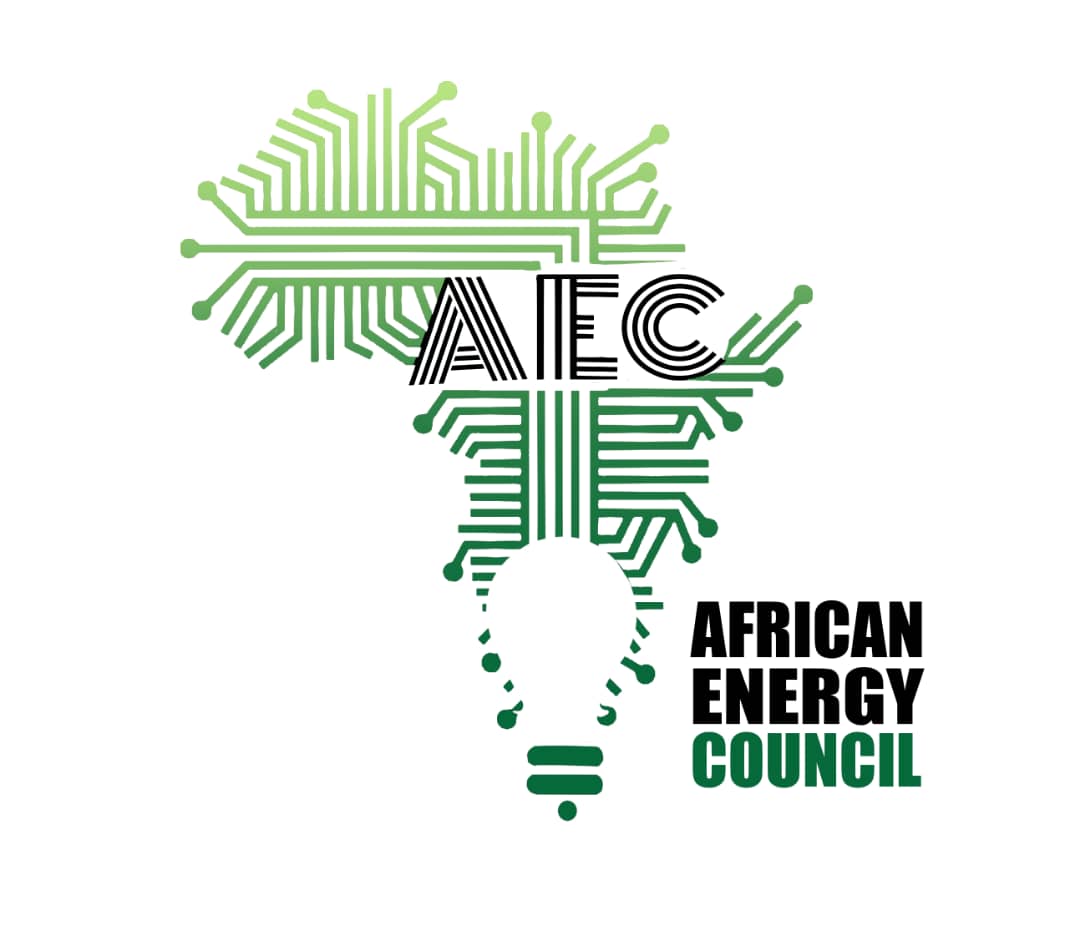The two companies signed a memorandum of understanding last year in which they planned to develop “an ecosystem” of renewable energy plants capable of generating three to five gigawatts of power by 2030.
Anglo said this first phase would be fully funded through debt “that is typical for high quality energy infrastructure projects”. Construction was scheduled to begin next year.
The statement comes at a time when South Africa is experiencing unprecedented outages. According to Eskom CEO André de Ruyter, the country needs 6,000 MW to stabilize the system. More than 90% of South Africa’s power comes from Eskom.
In order to reduce the severity of rotational blackouts, or loadshedding, De Ruyter revealed last week intentions to purchase up to 1,000MW of extra capacity from the private sector.
By using the national grid, Anglo said Envusa Energy would provide it with renewable energy produced on the company’s premises. Its array of solar and wind power plants would combine electricity from the nation’s geographically separated regions.
The agreement with Anglo American “confirms our long-term perspectives in the country,” according to Tristan de Drouas, CEO of EDF Renewables in South Africa. “This 600 MW first tranche of projects will be added to the almost 1 GW that EDF Renewables will be building or operating in the country by 2023 – including 420 MW of wind projects in REIPPP Bid Window 5 whose PPAs were signed with Eskom and the DMRE on September 22 2022.”
According to De Drouas, the EDF Group’s CAP 2030 strategy aimed to increase global installed net renewable energy capacity (hydropower included) from 28 GW in 2015 to 60 GW by 2030.

